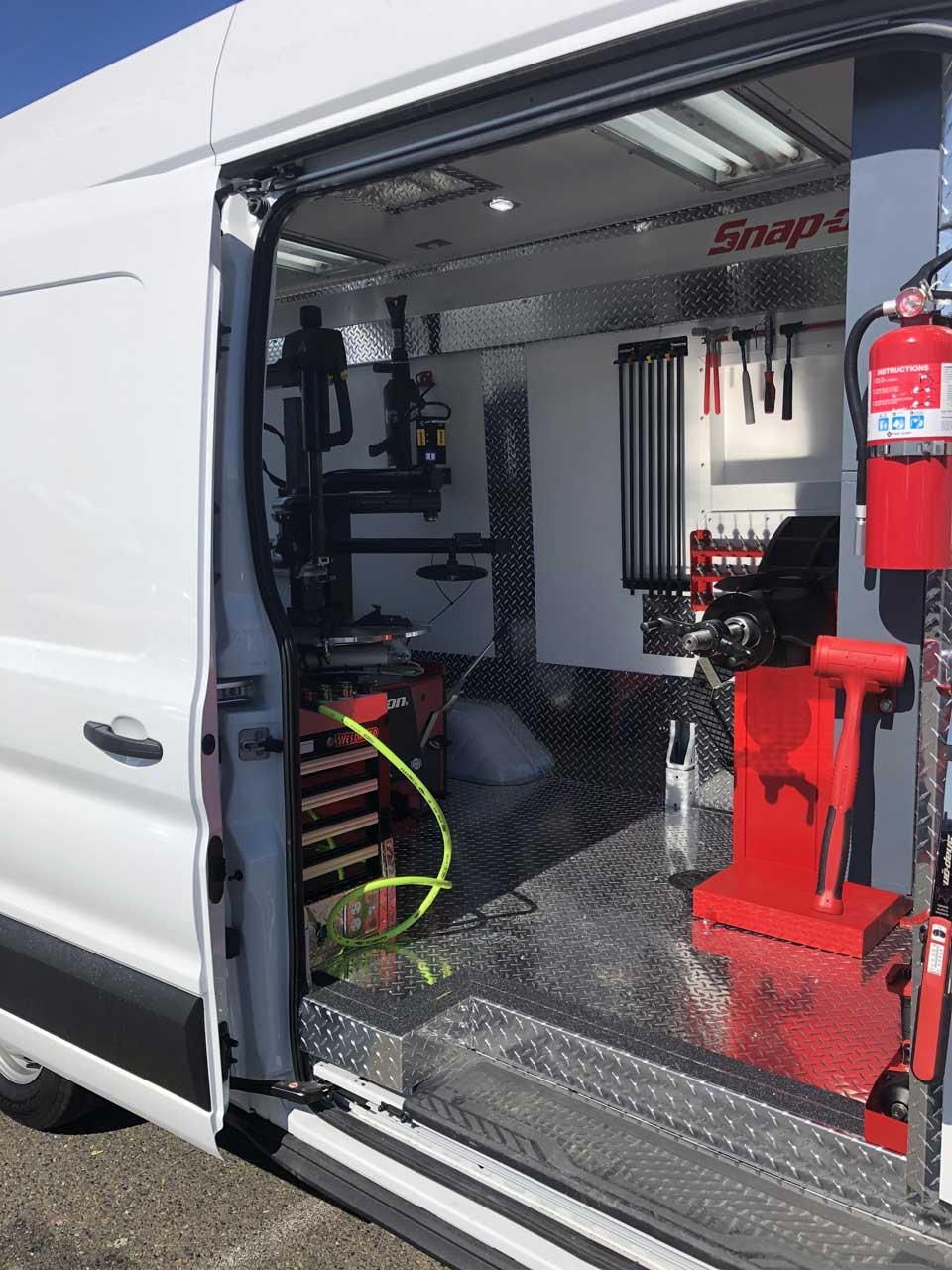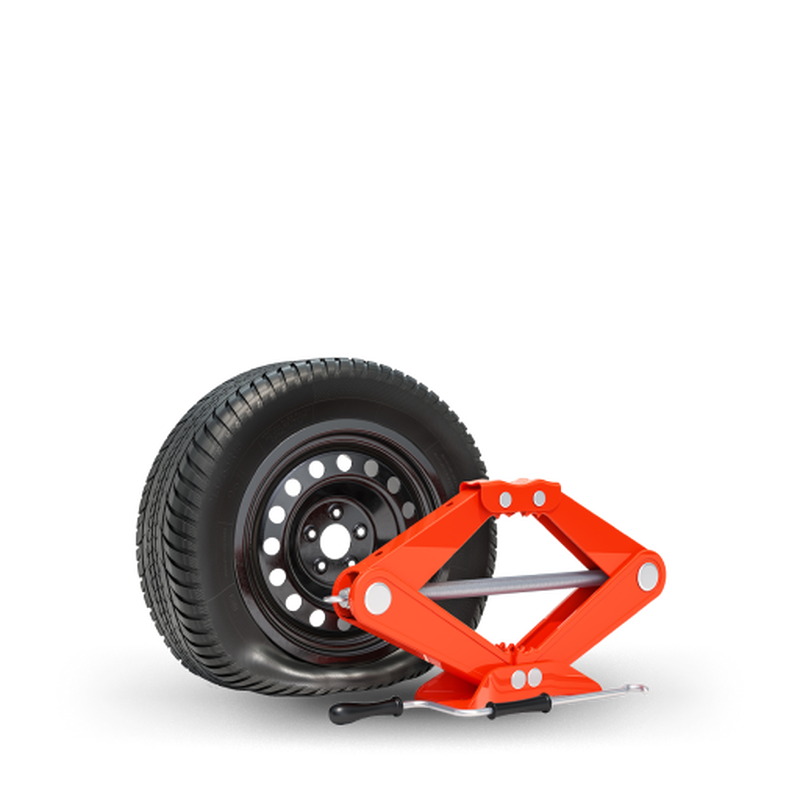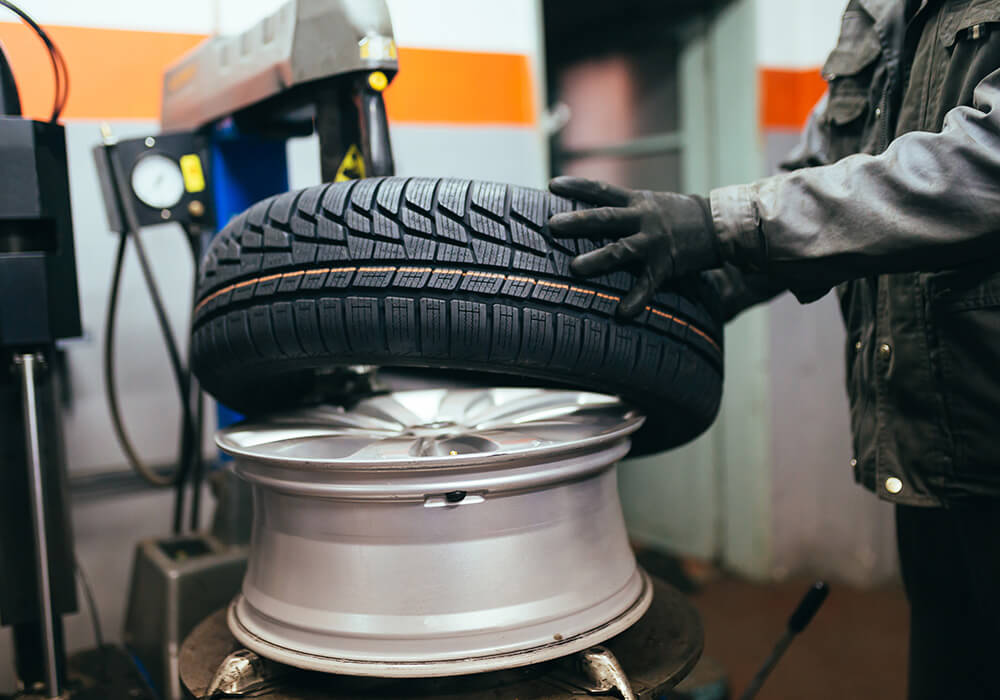Morris Tires: Where GMC Tire Service Fulfills High Quality
Morris Tires: Where GMC Tire Service Fulfills High Quality
Blog Article
Tire Solution: The Impact of Weather Condition Problems
When it pertains to making certain ideal performance and safety and security when driving, comprehending the impact of climate condition on tire service is important. From scorching warmth to icy roadways, each weather component can dramatically affect tire capability and general driving experience. By delving right into the impacts of differing climate problems on tires, motorists can gain beneficial insights that might enhance their lorry's efficiency and long life. In this discussion, we will explore the elaborate partnership between weather and tire service, clarifying the importance of weather-specific tire maintenance methods and factors to consider.
Warm and Tire Performance
When exposed to heats, tires experience modifications in efficiency that can substantially affect lorry safety and security and handling. The warmth produced from extended driving or warm weather conditions triggers the tire rubber to soften, resulting in minimized tread life and raised wear. As the rubber ends up being softer, the tire's hold on the road lessens, impacting stopping distances and total grip. In severe instances, excessive heat can even trigger tire blowouts, posturing a severe safety and security threat to the lorry and its passengers.

Cold Weather Condition Results
Cold weather conditions can have a substantial impact on tire performance and safety. In cool weather, tires might also lose air pressure much more quickly, which can influence managing and gas effectiveness.
To alleviate the effects of chilly climate on tires, it is crucial to regularly examine tire pressure and inflate them to the producer's suggested degrees. Making use of winter months or all-season tires created for chilly climate problems can also boost traction and hold on icy or snowy roadways. Proper tire upkeep, consisting of normal inspections for wear and damages, comes to be also more critical during chillier months to guarantee optimum efficiency and security.
Rainy Conditions Influence
During rainy problems, tire performance and security can be considerably influenced by the damp road surfaces and reduced presence. The walk pattern of tires plays an important role in preserving grip on damp roads. Tires with worn-out footsteps are more vulnerable to hydroplaning, where a layer of water accumulates between the road and the tire surface, resulting in loss of traction. To battle this, chauffeurs ought to routinely inspect their tires for appropriate walk deepness and consider buying tires especially created for damp problems.
Moreover, rainy weather condition can additionally decrease visibility, making it challenging for vehicle drivers to see the roadway ahead clearly (GMC Tire Service). In such conditions, it is important to adjust driving speeds as necessary and preserve a secure following distance to enable sudden stops. Properly filled with air tires can additionally help in keeping control on damp roads by giving far better handling and hold
Snow and Tire Safety
When driving in snowy problems, having the right tires can make a considerable distinction in safety and security and performance. Wintertime tires are developed with special rubber compounds and tread patterns to supply better traction on snow and ice contrasted to all-season tires.

Moreover, motorists should take into consideration installing tire chains in extreme snowy conditions. Tire chains provide extra grip by clutching the snow and ice, improving security and control. Nevertheless, it is morris tires crucial to comply with manufacturer directions when utilizing and setting up tire chains to avoid damage to the tires and car. By choosing the right tires, preserving appropriate rising cost of living, and thinking about added grip aids like tire chains, vehicle drivers can boost their safety when browsing snow-covered roadways.
Weather-Related Tire Upkeep
When confronted with various weather condition problems, proper tire upkeep comes to be an essential element of vehicle safety and performance. Weather-related tire maintenance includes a series of techniques targeted at guaranteeing optimal tire function and longevity in various climate circumstances. One essential facet of weather-related tire maintenance is tire stress guideline. Changing temperature levels can create tire pressure to differ, influencing use this link grip and fuel performance. Frequently adjusting and examining tire pressure according to supplier referrals is essential for secure driving in transforming climate condition. In addition, tire tread depth plays a significant role in managing various weather condition aspects. Tires with adequate walk depth supply better grasp on wet or icy roadways, decreasing the risk of hydroplaning or skidding. When step wear gets to a particular depth is essential for maintaining traction and stability in negative climate, inspecting tire step consistently and replacing tires. By focusing on weather-related tire maintenance, drivers can enhance safety, boost automobile performance, and prolong the lifespan of their tires.
Verdict
In conclusion, climate conditions have a significant influence on tire efficiency and safety. From heat affecting tire pressure and put on to winter minimizing grip, it is necessary to consider the weather when preserving and making use of tires. Stormy problems can lower hold and cause hydroplaning, while snow can raise the danger of crashes if tires are not properly outfitted. Weather-related tire maintenance is critical in guaranteeing optimal efficiency and safety and security on the roadways.
In this conversation, we will explore the elaborate partnership between weather condition conditions and tire service, shedding light on the importance of weather-specific tire upkeep practices and factors to consider.

Report this page